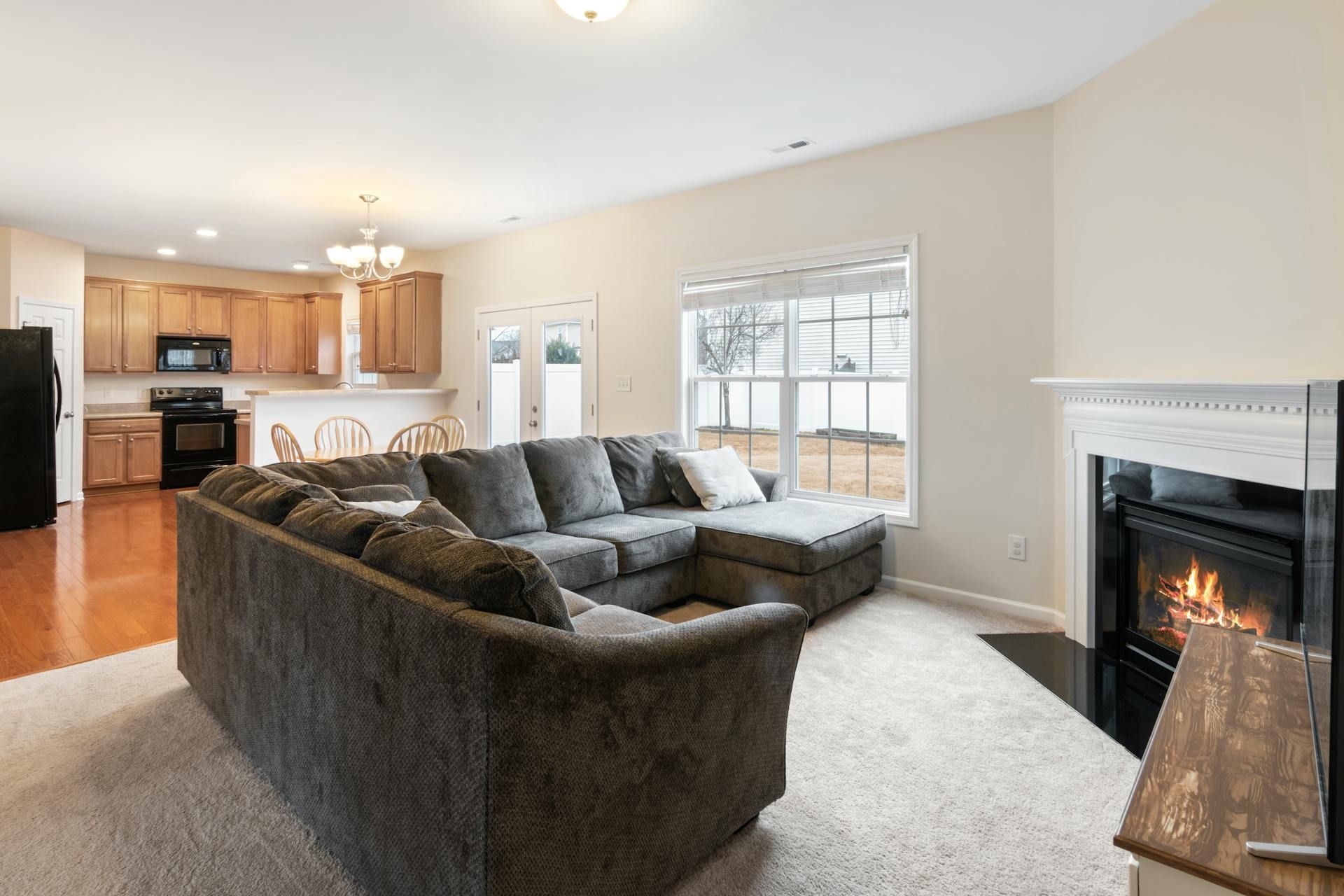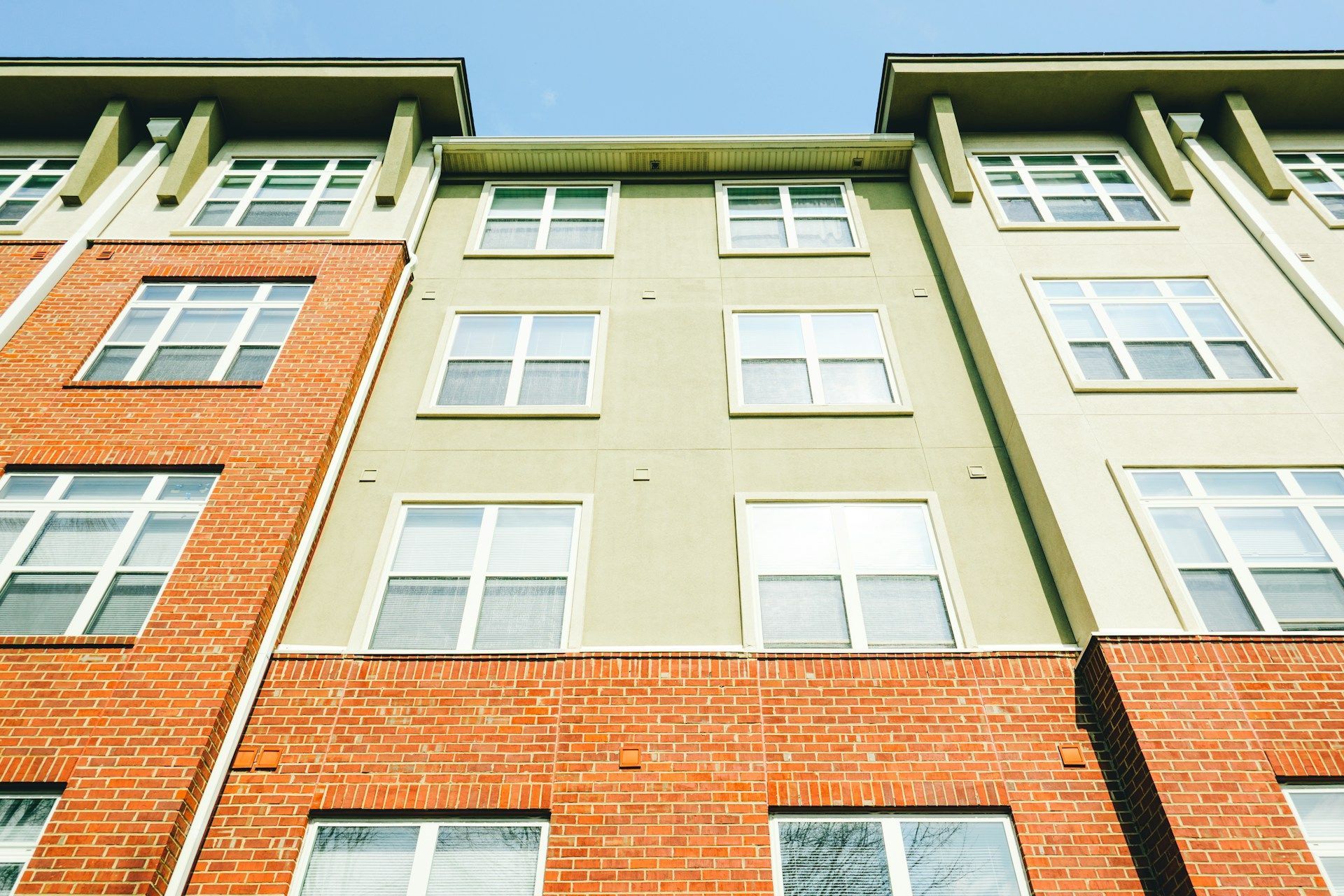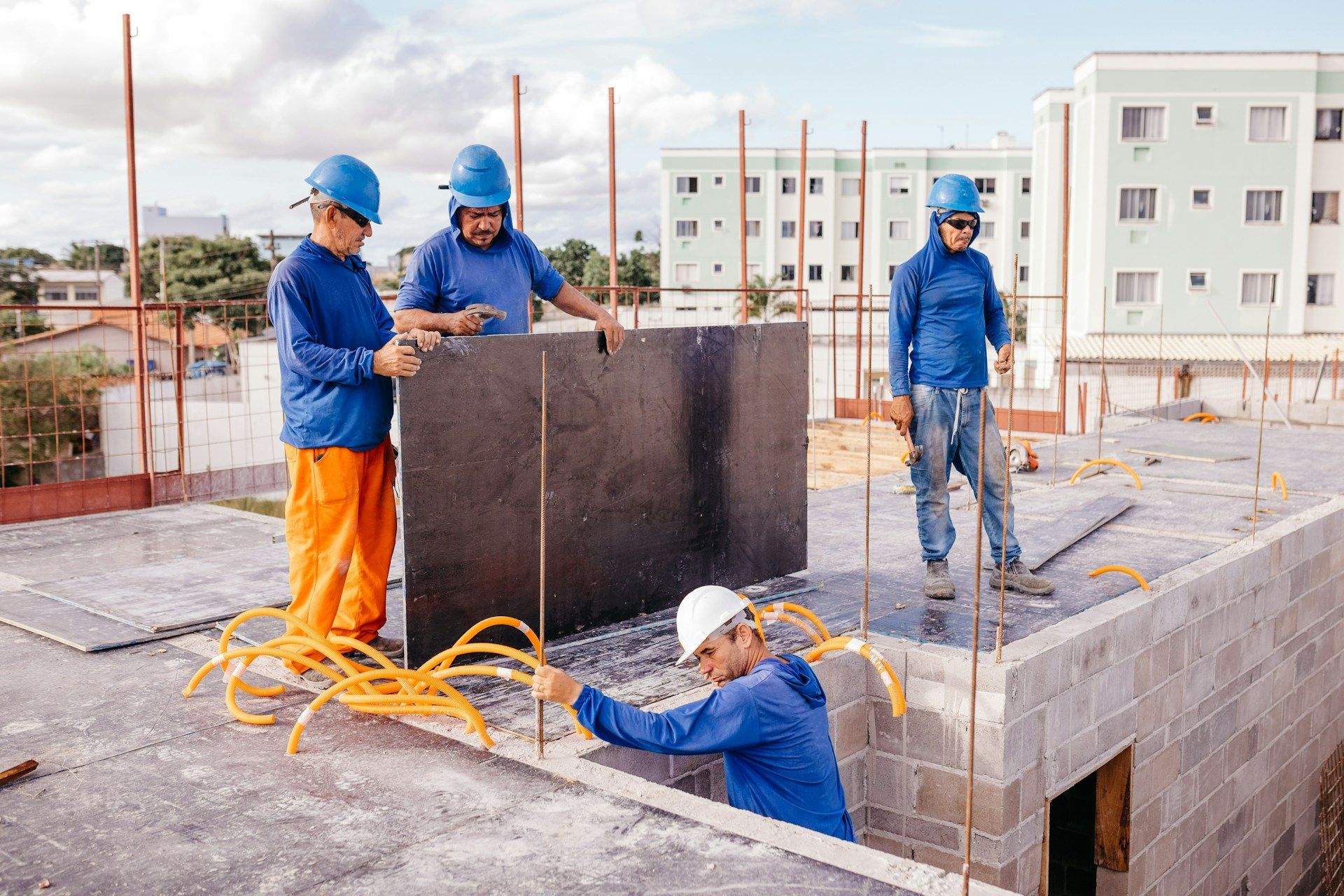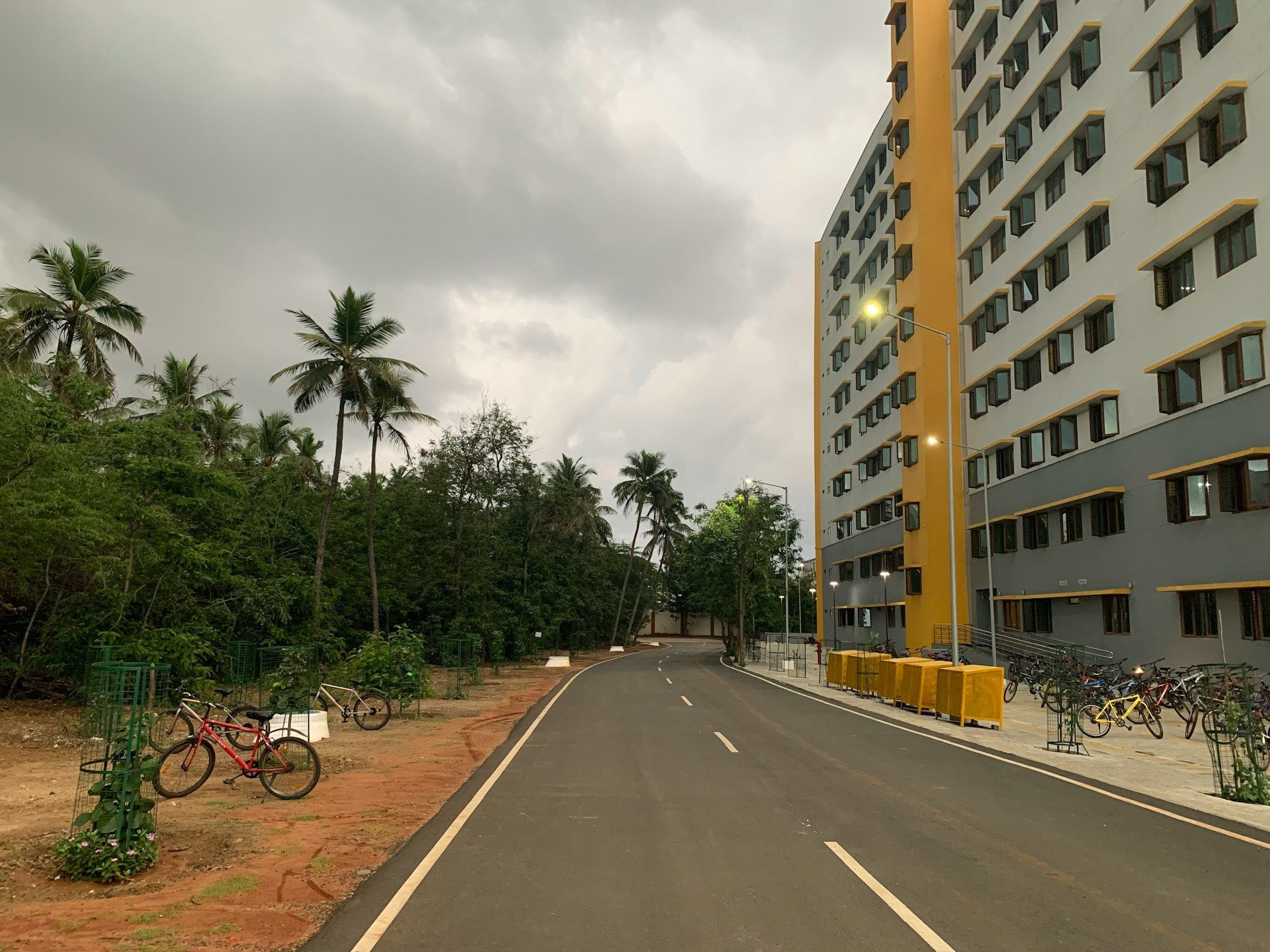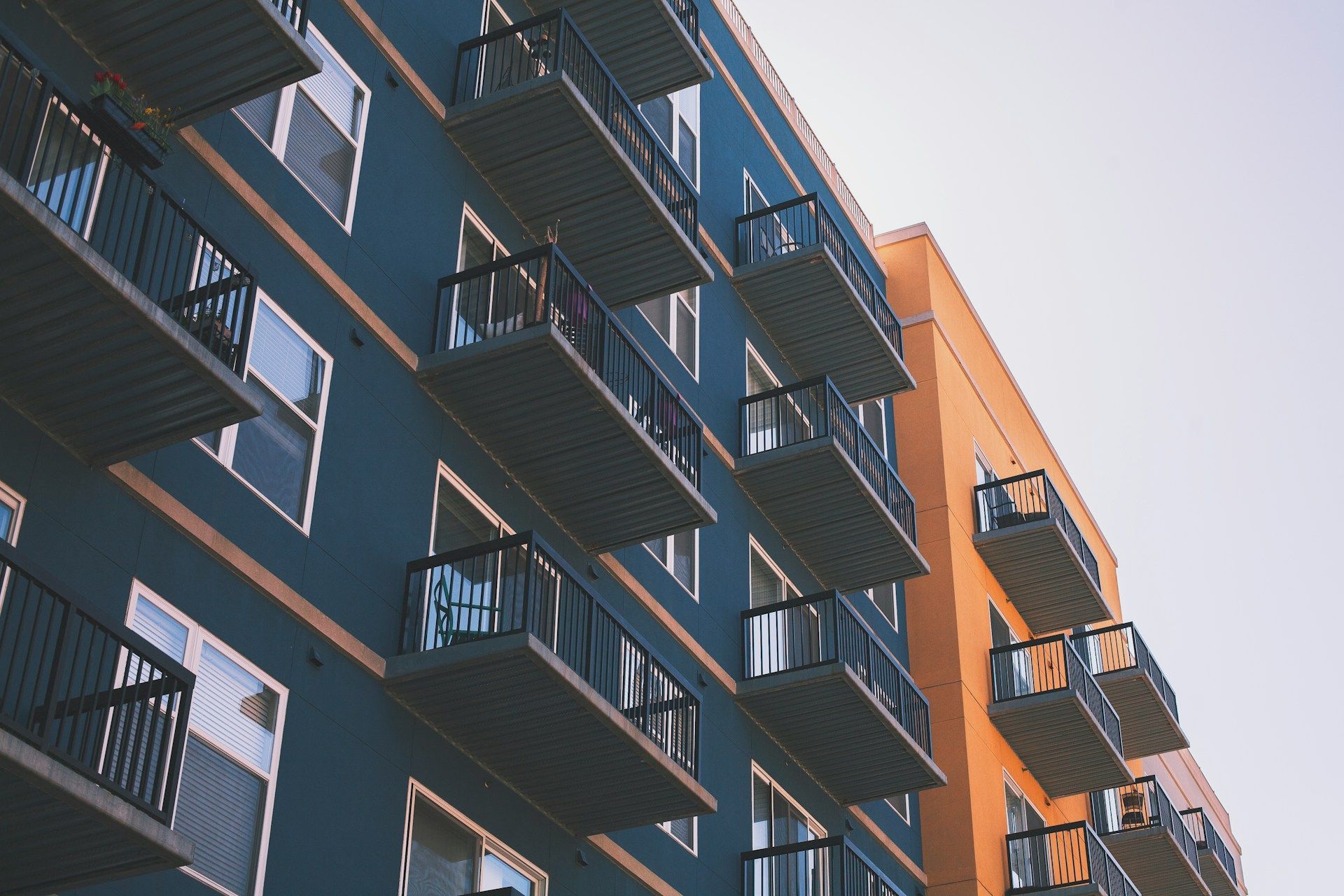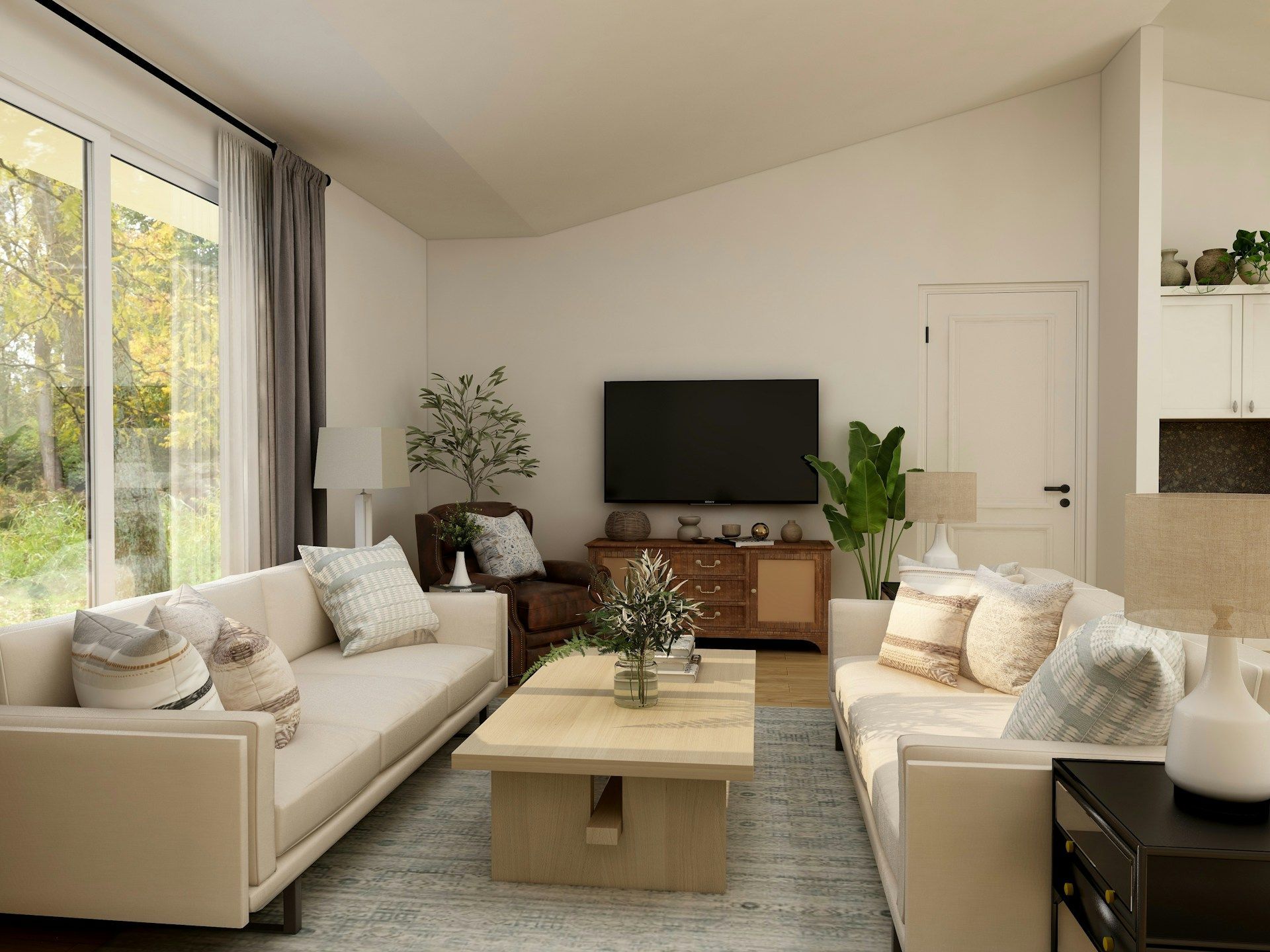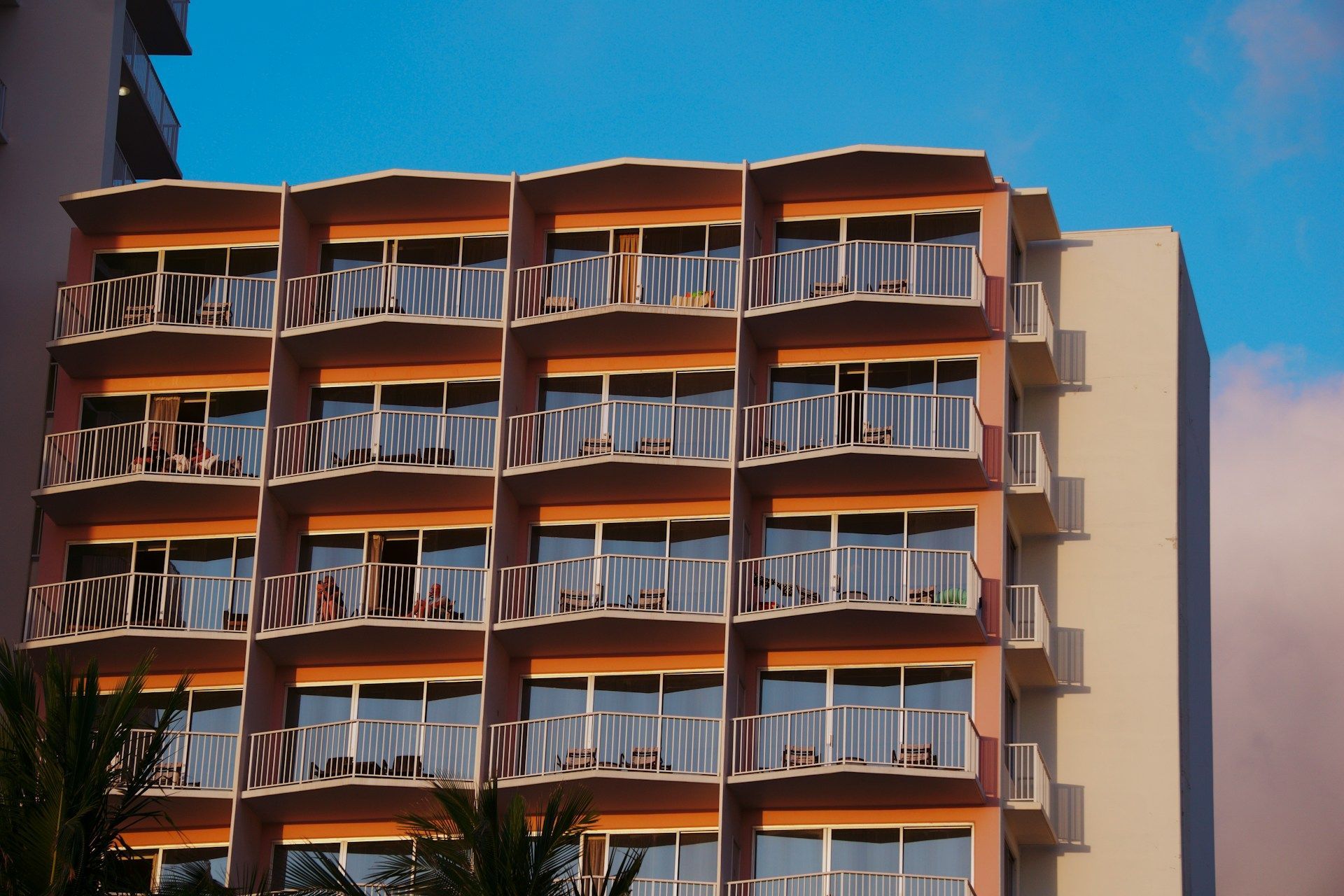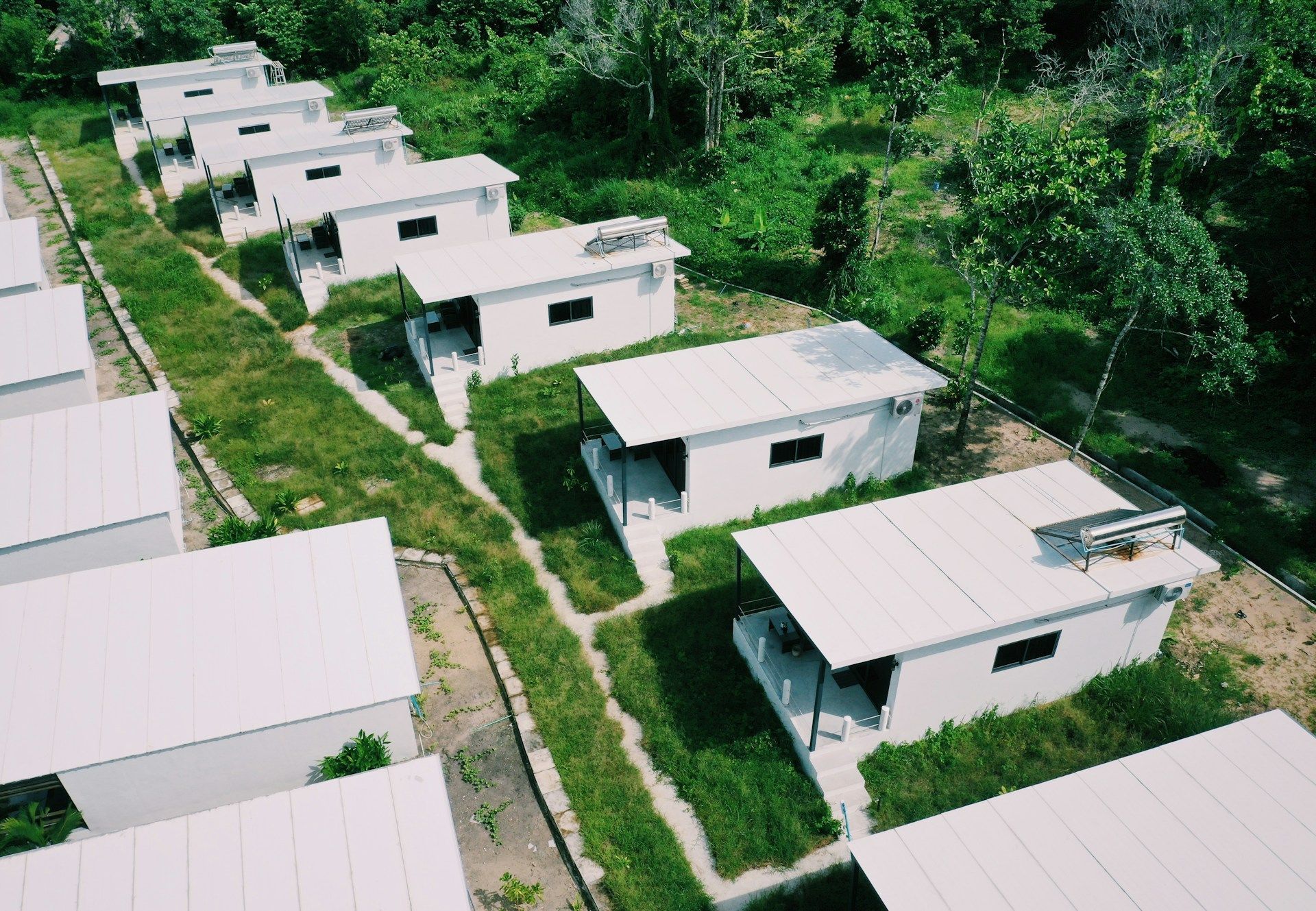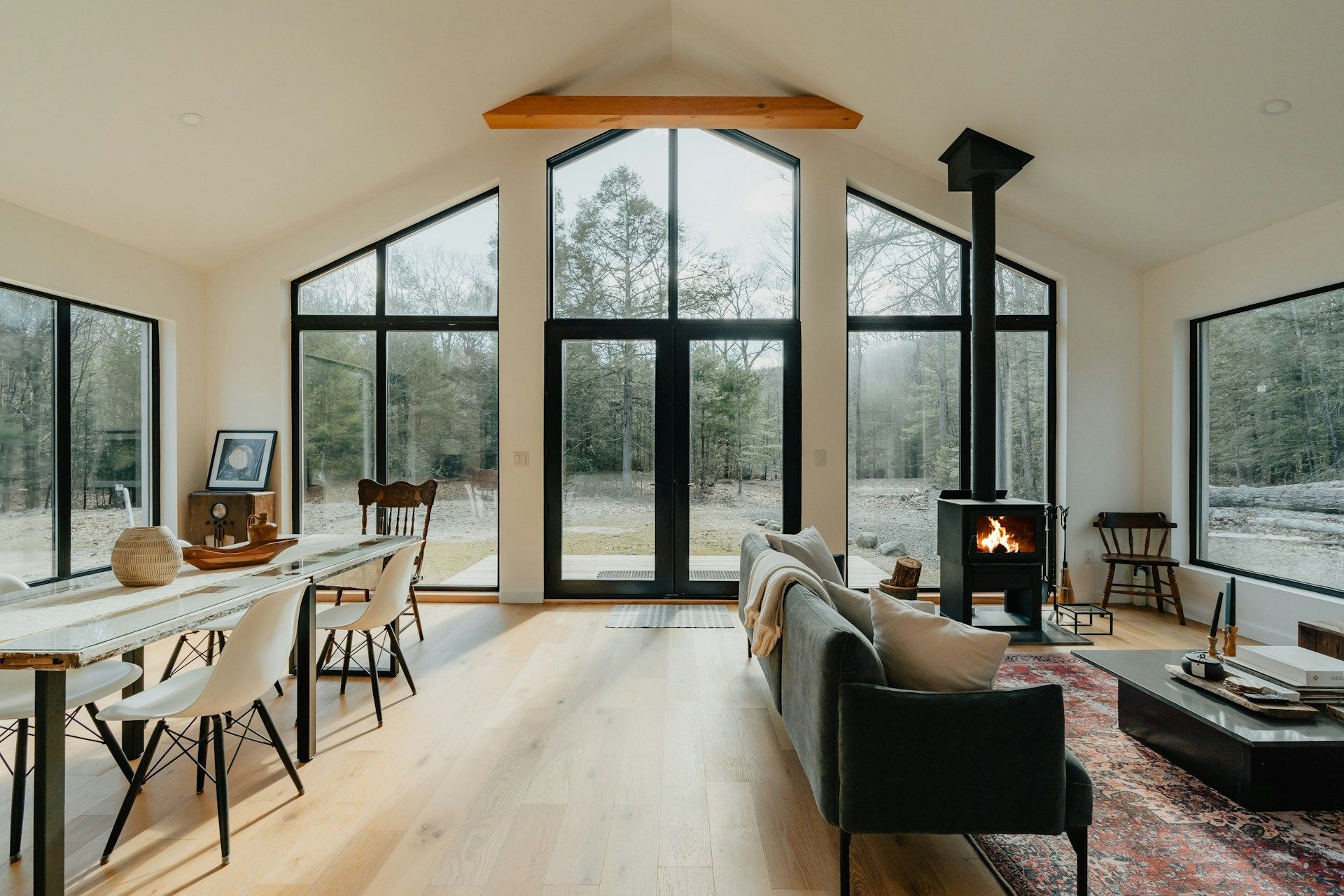How to Plan Temporary Stays for Construction Projects
Planning temporary stays for construction projects plays a vital role in ensuring smooth operations and maintaining crew satisfaction. When construction teams are provided with well-organized housing arrangements, it significantly boosts morale and productivity. Temporary stays, when thoughtfully planned, provide a suitable environment for workers to rest, rejuvenate, and perform at their best. Considering the high demands of construction work, a good night's sleep and a comfortable living space can make a notable difference in overall job performance.
Temporary housing solutions for construction projects aren’t just about keeping costs down. They aim to foster a sense of community and ensure well-being for the crew. Properly planned accommodations, like midterm rentals, offer a cost-effective solution compared to traditional hotel stays. These accommodations typically include necessary amenities, which help create a home-like atmosphere, improving the quality of life and work satisfaction for construction teams.
Assessing Crew Needs
Understanding what your crew needs is the first step in planning temporary stays. It's important to assess the size of the crew and the duration of the project to figure out the most suitable housing arrangements. The more you know about your crew's specific needs, the easier it will be to provide accommodations that cater to their comfort and efficiency.
Consider the following when identifying housing requirements:
- Size of the Crew: Ensuring each member has adequate personal space is essential. Overcrowded living areas can lead to discomfort and impact morale negatively.
- Duration of the Project: The length of the project will influence the type of housing you choose. Longer projects might benefit from apartment rentals, while shorter projects might opt for easily accessible condos.
- Proximity to Job Sites: Housing near the construction site reduces commute times, allowing more rest and less stress for the crew, which directly impacts productivity.
- Amenities: Fully furnished homes with kitchens, laundry facilities, and internet access ensure that workers feel comfortable and can maintain their daily routines. This can include the ability to cook healthy meals, which contributes to better health and energy levels.
Ensuring your crew is happy and well-rested should be a top priority as it directly affects their work quality. Taking time to thoughtfully assess and address these needs can prevent potential issues and create a healthier, more productive environment for everyone involved.
Exploring Housing Options
When looking at temporary housing options for construction crews, you have a variety of choices. Each type of accommodation offers unique advantages that can fit different project needs. Here's a brief overview to help you decide:
- Apartments: These are a great choice for longer projects. They typically offer more space and a more homely feel. Apartments usually come fully furnished, with kitchens and living areas that are perfect for unwinding after a long day. They provide a stable environment, which can boost crew morale and productivity.
- Houses: Ideal for larger crews or when you want to accommodate multiple workers under one roof. Houses offer extensive space, privacy, and all the amenities of home, like full kitchens and backyard spaces. This type of accommodation can strengthen team camaraderie through shared living, but it might be costlier than other options.
- Condos: A practical solution for shorter stays. Condos are often located in convenient city areas, providing easy access to job sites. They blend the benefits of an apartment and a hotel, offering comfort without the added responsibility of property maintenance.
Each of these options has pros and cons. For instance, while houses offer space and privacy, maintaining them requires a bit more effort. Condos prove cost-effective for shorter stays but might lack the hominess of an apartment or house.
Midterm rentals present an interesting alternative to hotels. With more privacy, space, and the chance to foster a living environment similar to home, they often lead to increased satisfaction. Plus, they're usually more cost-effective over the long haul, especially for projects that span several months. They combine the freedom of an apartment or house with amenities and utilities often covered within the rental agreement.
Budget Planning
Creating a budget is a critical step in organizing temporary stays. While it can seem like a formidable task, a well-structured budget ensures your company sticks to financial boundaries without compromising crew comfort.
Here’s how to approach it:
1. Estimate Costs: Factor in potential rent, utilities, transportation, and any incidental expenses. Don’t forget to include costs for internet and laundry services, which are vital for maintaining a seamless living situation.
2. Explore Deals: Check for extended stay discounts or special packages from rental providers. Booking in advance often results in better rates.
3. Evaluate Long-Term Savings: Consider how these choices might offer savings compared to options like hotels with added amenities at no extra cost.
A thoughtful budget plan gives you a clear understanding of the financial impact of temporary stays. It's not just about spending less; it’s about getting the best value for your money.
Coordinating Logistics
Once housing preferences are clear and the budget is set, the next step is streamlining logistics to secure optimal accommodations. Timely action and effective coordination prevent unnecessary headaches.
Start by checking property availability near the job sites, reducing travel time and stress for the crew. Early planning is crucial to snag the best spots, ensuring comfortable and commute-friendly living arrangements. Communication is key: keep all parties involved, from decision-makers to the crew, informed of housing plans to avoid surprises.
Effective logistics don’t just cover the booking process but integrate housing needs into the broader project plan. By coordinating early, you minimize hiccups and set up your team for a successful project with seamless living arrangements.
Conclusion
Solid planning for temporary stays in construction projects fosters an atmosphere that benefits everyone involved. By understanding the needs of your crew, exploring a range of housing options, and setting a realistic budget, you set the stage for a smooth operation. Proper logistics planning further ensures that everything from booking to move-in goes off without a hitch, enhancing efficiency and focus on the project at hand.
Ultimately, well-thought-out accommodations boost worker satisfaction and project success. Whether it’s through strategic location choices or the quality of an accommodation's amenities, every detail matters. As you plan the next phases of your construction project, consider these housing strategies to support your crew and optimize project outcomes.
Finish your temporary stays planning with confidence by exploring the various options we offer. At Hard Hat Housing, we prioritize your crew's comfort and the success of your project. Discover how our well-furnished, conveniently located accommodations can make a significant difference in project efficiency and worker satisfaction. Explore temporary stays designed to make your next construction project a seamless experience.
